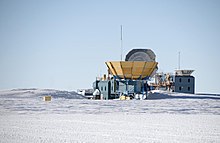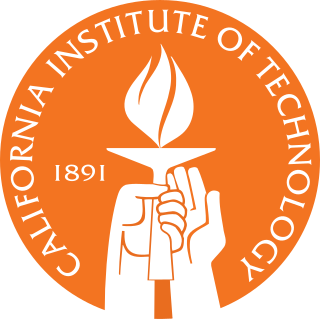
The California Institute of Technology (branded as Caltech) is a private research university in Pasadena, California. The university is responsible for many modern scientific advancements and is among a small group of institutes of technology in the United States which are strongly devoted to the instruction of pure and applied sciences. Due to its history of technological innovation, Caltech has been considered to be one of the world's most prestigious universities.

Harvey Mudd College (HMC) is a private liberal arts college in Claremont, California, focused on science and engineering. It is part of the Claremont Colleges, which share adjoining campus grounds and resources. The college enrolled 902 undergraduate students as of 2021 and awards the Bachelor of Science degree. Admission to Harvey Mudd is highly competitive, and the college maintains a competitive academic culture.

The Claremont Colleges are a consortium of seven private institutions of higher education located in Claremont, California, United States. They comprise five undergraduate colleges —Pomona College, Scripps College, Claremont McKenna College (CMC), Harvey Mudd College, and Pitzer College—and two graduate schools—Claremont Graduate University (CGU) and Keck Graduate Institute (KGI). All the members except KGI have adjoining campuses, together covering roughly 1 sq mi (2.6 km2).

The W. M. Keck Observatory is an astronomical observatory with two telescopes at an elevation of 4,145 meters (13,600 ft) near the summit of Mauna Kea in the U.S. state of Hawaii. Both telescopes have 10 m (33 ft) aperture primary mirrors, and when completed in 1993 and 1996 were the largest optical reflecting telescopes in the world. They are currently the 3rd and 4th largest.
Keck Graduate Institute (KGI) is a private graduate school in Claremont, California. Founded by Henry Riggs and David Galas in 1997, it is the seventh and newest member of the Claremont Colleges.

Claremont McKenna College (CMC) is a private liberal arts college in Claremont, California. It has a curricular emphasis on government, economics, public affairs, finance, and international relations. CMC is a member of the Claremont Colleges consortium.

The Claremont Graduate University (CGU) is a private, all-graduate research university in Claremont, California. Founded in 1925, CGU is a member of the Claremont Colleges consortium which includes five undergraduate and two graduate institutions of higher education.

The Baskin School of Engineering, known simply as Baskin Engineering, is the school of engineering at the University of California, Santa Cruz. It consists of six departments: Applied Mathematics, Biomolecular Engineering, Computational Media, Computer Science and Engineering, Electrical and Computer Engineering, and Statistics.

The Gordon and Betty Moore Foundation is an American foundation established by Intel co-founder Gordon E. Moore and his wife Betty I. Moore in September 2000 to support scientific discovery, environmental conservation, patient care improvements and preservation of the character of the San Francisco Bay Area.
The Rose Institute of State and Local Government is a research institute based out of Claremont McKenna College in Claremont, California. Founded in 1973, the Institute is particularly well known for its expertise in elections, demographics, fiscal policy, and public opinion.
Howard Brighton Keck was an American businessman. He was also a Thoroughbred racehorse owner and breeder, and the owner of an auto racing team that twice won the Indianapolis 500.

The Keck Institute for Space Studies (KISS) is a joint institute of the California Institute of Technology and NASA's Jet Propulsion Laboratory established in January 2008 with a $24 million grant from the W. M. Keck Foundation. It is a privately funded think tank focused on space mission concepts and technology.

The NASA Exoplanet Science Institute (NExScI) is part of the Infrared Processing and Analysis Center (IPAC) and is on the campus of the California Institute of Technology (Caltech) in Pasadena, CA. NExScI was formerly known as the Michelson Science Center and before that as the Interferometry Science Center. It was renamed NExScI in the Fall of 2008 to reflect NASA's growing interest in the search for planets outside of the Solar System, also known as exoplanets. The executive director of NExScI is Charles A. Beichman.
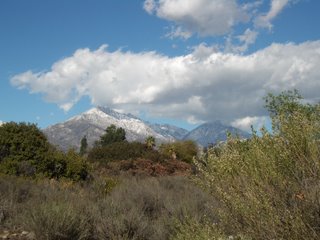
The 85 acre Robert J. Bernard Biological Field Station (BFS) is located on the north side of Foothill Boulevard between College Avenue and Mills Avenue in Claremont, California. The BFS provides facilities and ecological communities for high-quality teaching and research in biological, environmental, and other sciences to the students, faculty, and staff of the Claremont Colleges. It may also be used by members of other academic institutions and by public groups for educational purposes. The BFS is a member of the Organization of Biological Field Stations (OBFS). It was named after Claremont Colleges president Robert J. Bernard.
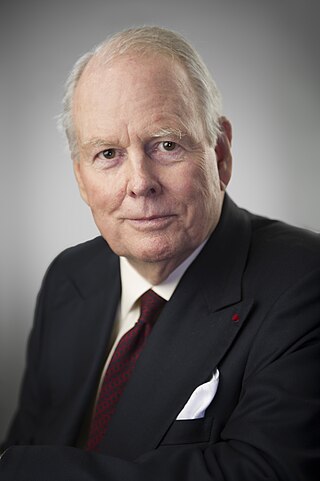
Robert Addison Day was an American businessman, investor, and philanthropist. He was the founder and former chairman and chief executive officer of Trust Company of the West until 2009. He was the chairman and president of the W. M. Keck Foundation.
James Piereson is an American scholar.
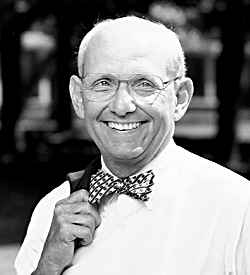
Henry E. ("Hank") Riggs was an early Silicon Valley entrepreneur, a professor of engineering and vice president at Stanford University, president of Harvey Mudd College, and founding president of Keck Graduate Institute (KGI) of Applied Life Sciences at the Claremont Colleges. His areas of specialization included financial analysis and control, management technology, technical strategy, and new venture management. Riggs was a popular professor who taught for over 45 years and published multiple books. He started the large-scale academic fund-raising efforts that are now widely used by major institutions, launched a graduate school focused solely on training leaders in biosciences (KGI), and served on numerous boards.

Nevan J. Krogan is a Canadian molecular and systems biologist. He is a professor and the Director of the Quantitative Biosciences Institute (QBI) at the University of California San Francisco (UCSF), as well as a senior investigator at the J. David Gladstone Institutes.
Louise H. Kellogg was an American geophysicist with expertise in chemical geodynamics and computational geophysics and experience in leading multidisciplinary teams to advance geodynamics modeling and scientific visualization. Kellogg was a Distinguished Professor at the University of California, Davis and director of the Computational Infrastructure for Geodynamics. She was also a major contributor to the Deep Carbon Observatory project of the Sloan Foundation.



